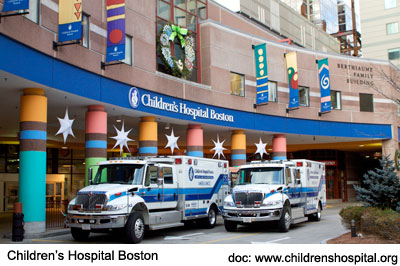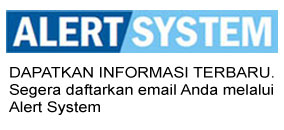 About 500 children each year arrive at the Boston Children’s Hospital emergency room with chest pain, a symptom that is rarely serious. In the past, many of them received tests they didn’t need, including EKGs, echocardiograms, stress tests, and around-the-clock monitoring using electrodes attached to a portable device. “There is a lot of anxiety among parents and children that this could be a heart problem,’’ said Dr. Michael Farias, a senior resident.
About 500 children each year arrive at the Boston Children’s Hospital emergency room with chest pain, a symptom that is rarely serious. In the past, many of them received tests they didn’t need, including EKGs, echocardiograms, stress tests, and around-the-clock monitoring using electrodes attached to a portable device. “There is a lot of anxiety among parents and children that this could be a heart problem,’’ said Dr. Michael Farias, a senior resident.
And other children who should have had certain tests for cardiac trouble never got them.
Doctors from Children’s set out to reduce this inconsistency and also to save money on care with something called a Standardized Clinical Assessment and Management Plan, or SCAMP. In an article online today in the journal Health Affairs, doctors laid out evidence that their approach works.
The management plans have been developed for 49 medical conditions at Children’s and other hospitals, including Brigham and Women’s in Boston. Doctors like the approach, according to surveys at six hospitals, because the plans start with existing practice recommendations, but allow physicians to diverge from the guidelines as long as they document their rationale. Their decisions are tracked and then used to update the guidelines.
For example, most children who come to the emergency room complaining of chest pain have growth-related sore muscles and bones, or asthma or other breathing problems. Doctors discovered after reviewing the hospital data’s that fewer than 1 percent of the children had a heart condition, and those children primarily had pain when they exercised or exerted themselves, Farias said. “We looked back and asked, ‘What do we really need to worry about?’ ’’ he said.
Now, the children who have chest pain when they exercise get an echocardiogram first. If the results are abnormal, doctors order a more-expensive stress test.
The average cost per episode of care for chest pain since Children’s adopted the management plan was $1,200, compared to $1,506 for cases handled the old way, a savings of 20 percent, the hospital reports in Health Affairs. These are the hospital’s estimated costs and not the amount that insurers pay for the care, although Children’s says it expects the savings to eventually translate into lower payments from insurers — and savings to consumers.
Children make up only a tiny percent of patients overall, but as hospitals apply these types of plans to adult patient, they should have a broader impact on medical costs, said Dr. Kathy Jenkins, senior vice president of safety and quality at Children’s. “We all know adult conditions account for an enormous amount of resources in the US,’’ she said.
Source: boston.com








